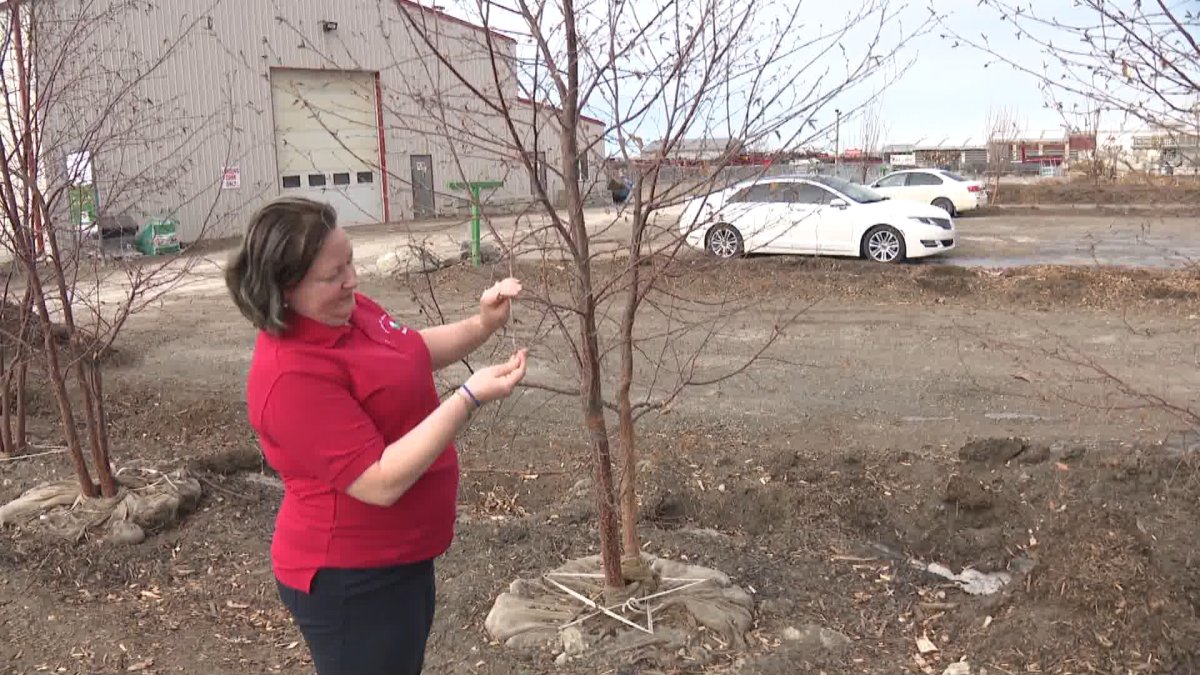The fields west of Calgary are wide open. Little snow cover leaves scarce remaining grass open for grazing.

“Right now the grass through our grazing rotations was almost all completely used,” said Cherie Copithorne-Barnes at C L Ranches. “If we don’t have moisture going forward, I have no place to take my cows. There’s no reserves left.”
C L Ranches produced half their normal feed during last year’s extreme drought.
“We’re having to supplement the lack of grass growth from last year with the bails we feed and right now these bails are in short supply and very very expensive,” said Copithorne-Barnes.
Fortunately, the warm weather means the cattle eat less. It’s temporary relief, and Calgarians are enjoying it too.
Everywhere, there are signs of spring. The usually hardened ice of the Bow River is seeing break-up. And even the occasional tree is fooled by unseasonably warm temperatures.
“When the air temperature warms up, it does trick the trees a little into thinking that spring has come. So their buds do start to swell a little bit,” said Lisa Silva with Blue Grass Garden Centre.
Since Dec. 1, Vancouver has seen almost twice Calgary’s snowfall.
“Vancouver is placed right by an ocean. There’s a lot of moisture there. And there’s a lot of warmth. The temperatures were very close to freezing so that air can hold a lot of moisture and give those big snowfalls,” said Terri Lang, a meteorologist with Environment and Climate Change Canada. “Whereas in Calgary it’s a lot drier, a lot colder, and we don’t get tend to get those heavy snowfalls.”
Still, in an average winter, Calgary sees almost double Vancouver’s snowfall levels.
Much of the city’s December air was too cold to hold much moisture, and January’s chinooks didn’t help either.

“The moisture is all wrung out on the West Coast on the West Coast mountains. By the time it gets to the other side of the mountains, it’s dry, and it warms up as it comes down, which is your Chinook effect,” said Lang.
While long-term forecast models call for more snow — and more cold — this February, producers will need the benefit of sustained wet weather once spring does formally arrive.
“Droughts tend to build over time, and they don’t disappear overnight.”
According to Environment and Climate Change Canada, 2021 was the ninth driest year in the past 137 years of record-keeping.
For now, farmers say they’ll be appealing to the federal government for possible aid again this year. Some are also appealing to a cross-country trucker’s convoy to bring feed from eastern producers on their return trip.
“Whether we like it or not, I can’t stop these cows from calving this spring. And they have to keep eating,” said Copithorne-Barnes. “So we need options.”






Comments